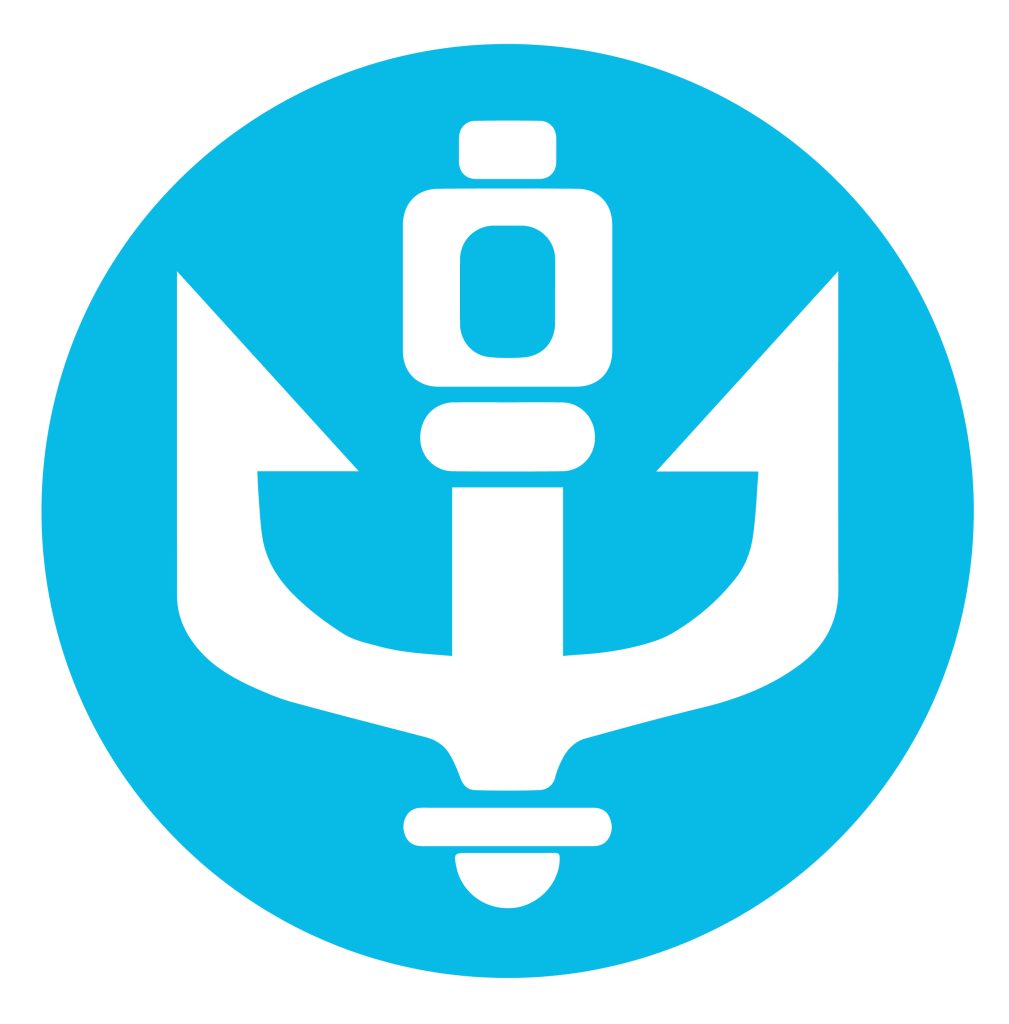The Akko Tower Shipwreck
During the 18th–19th centuries CE, Akko was one of the Levant’s key commercial ports and site of several naval campaigns as the militarily strategic ‘Key to the East’. Ottoman-period shipwrecks in Akko’s harbour affirm its maritime importance, and provide physical evidence of maritime activity missing from historical records. The shipwreck designated as the Akko Tower Wreck was discovered in Akko harbour in 1966, and surveyed in 1975 and 1981. The researchers came to conflicting conclusions regarding the original ship. Following these, four seasons of underwater excavation were conducted by Prof. Deborah Cvikel of the Leon Recanati Institute for Maritime Studies of the University of Haifa.
The shipwreck was found in 4.4 m of water, and is 17.8 m long and maximum 6.4 m wide. Among the hull remains were the keel, rising wood, keelson and sister keelsons, hull planks, framing timbers, ceiling planks, and limber boards. Artefacts found include rigging elements, wooden objects, ballast stones, bricks, and ceramic tiles. Based on the ship’s construction and finds, it is suggested that the shipwreck is the remains of a merchant brig, dated to the 19th century, which sailed to Akko from a western Mediterranean port. Several MA and PhD theses have resulted from excavations and research of this shipwreck. The underwater excavations and research of the Akko Tower shipwreck were supported by the Israel Science Foundation, the Honor Frost Foundation, and the Rector and the Research Authority, University of Haifa.
In the cover: Divers preparing to go in the water. Photo by A. Yurman.

